
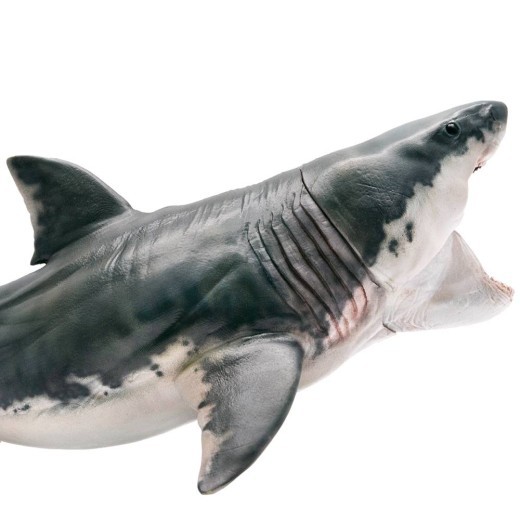
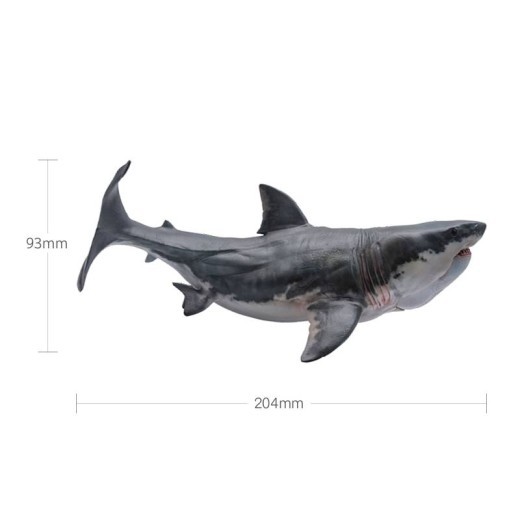

Shark simulation model
Approx $56.10 USD
Introduction to the Shark Simulation Model
The Shark Simulation Model is an educational tool designed to give an in-depth view of shark anatomy, behavior, and ecological roles in ocean ecosystems. Crafted with detailed realism, this model is perfect for students, educators, and marine enthusiasts who want to understand more about sharks and their importance in marine biology. With features that represent both the internal and external anatomy of a shark, this model is suitable for classrooms, science centers, and marine conservation programs across New Zealand. Whether used for academic studies or as a display in marine education, the Shark Simulation Model provides a hands-on way to explore the mysterious world of sharks.
H2: Key Features of the Shark Simulation Model
1. Realistic Shark Anatomy and Detail
The Shark Simulation Model provides a highly detailed view of shark anatomy, including essential features like gills, fins, teeth, and skin texture. It includes both internal structures, such as the skeletal and muscular systems, and external features that characterize different shark species. This realistic design is ideal for studying shark physiology and understanding their unique adaptations for survival in marine environments.
2. Durable Construction for Frequent Use
Made from high-quality, non-toxic materials, the model is built for durability, making it suitable for frequent handling in educational environments. This sturdiness allows for regular use in classrooms, labs, and marine education centers, making it a reliable tool for studying marine life in New Zealand. The durable materials ensure that it retains its shape and appearance over time, even with regular handling.
3. Internal and External Views for Comprehensive Learning
This model often includes both cross-sectional and removable parts to show the inner workings of a shark, such as the digestive system, heart, liver, and gills. The external features and internal organs help users understand how sharks breathe, process food, and move efficiently through water. This comprehensive design is particularly useful for in-depth studies in marine biology and anatomy.
4. Color-Coded and Labeled Parts for Easy Identification
The model includes color-coded sections to highlight key anatomical parts, such as the skeletal structure, muscles, and organ systems. Labels provide clear guidance for identifying each part, making it easier for beginners to understand the shark’s physiology. This feature is especially beneficial for visual learners, enhancing retention and comprehension of shark anatomy.
5. Ideal for Marine Biology and Ocean Ecosystem Education
The Shark Simulation Model is a valuable resource for teaching marine biology and discussing sharks’ ecological roles. Educators can use this model to explain how sharks function within ocean ecosystems, covering topics like food chains, apex predators, and the importance of biodiversity. This model is particularly relevant for New Zealand classrooms, where ocean conservation and marine life are essential components of science education.
6. Compact and Display-Ready Design
Designed to be portable and stable, the Shark Simulation Model is easy to display on desks, shelves, or demonstration tables. Its compact design ensures that it fits well in any educational or display space, making it suitable for a variety of settings, including science labs, marine education centers, and wildlife conservation programs.
H2: Why Choose the Shark Simulation Model?
1. Ideal for Marine Biology and Environmental Education
The Shark Simulation Model is a crucial tool for learning about marine biology, particularly for students interested in ocean life and conservation. By providing a tangible view of shark anatomy, it helps students understand the complexities of marine species and their ecosystems, bridging the gap between theory and real-world application.
2. Perfect for Ocean Conservation and Awareness Programs
This model is invaluable for conservation and environmental programs focused on protecting marine life. Educators can use it to illustrate the role of sharks in maintaining a balanced ecosystem and discuss conservation issues. For New Zealand audiences, the Shark Simulation Model supports environmental awareness, helping promote the importance of protecting ocean ecosystems.
3. Supports Visual and Kinesthetic Learning
The model caters to both visual and kinesthetic learners, making it versatile for different educational needs. The color-coded sections enhance visual learning by making it easy to identify each anatomical feature, while the removable parts allow kinesthetic learners to explore the model through touch and interaction. This interactive approach enhances retention and makes learning about sharks more engaging.
4. Useful for Exam Preparation and Practical Assessments
For students preparing for exams or practical assessments, this model is a valuable study aid. Its realistic design and labeled parts make it easy to review shark anatomy, reinforcing essential knowledge needed for exams. Marine biology students and aspiring conservationists benefit from the model’s hands-on approach to studying shark physiology.
5. Educational Display for Classrooms and Marine Centers
Beyond its educational value, the Shark Simulation Model serves as an engaging display piece in classrooms, marine education centers, and wildlife programs. Its realistic design and detailed anatomy make it an attractive and informative addition to any educational setting, inviting students to learn more about ocean life and conservation.
H2: Maintenance and Care Tips for Your Shark Simulation Model
To keep your Shark Simulation Model in top condition, follow these care tips:
-
Dust Regularly: Use a soft cloth or brush to remove dust from the model, especially around detailed areas. Regular cleaning
preserves the model’s appearance and prevents dirt buildup.
-
Avoid Direct Sunlight: Display the model away from direct sunlight to prevent fading of colors over time, helping maintain
its vibrant look.
-
Handle with Care: While durable, handle the model gently to avoid damaging smaller parts or removable sections. Avoid
applying excessive force, especially on the internal components.
- Store Properly When Not in Use: If the model is not on display, store it in its original packaging or a dust-free area to protect it from potential damage. Proper storage will help extend the model’s lifespan for long-term educational use.
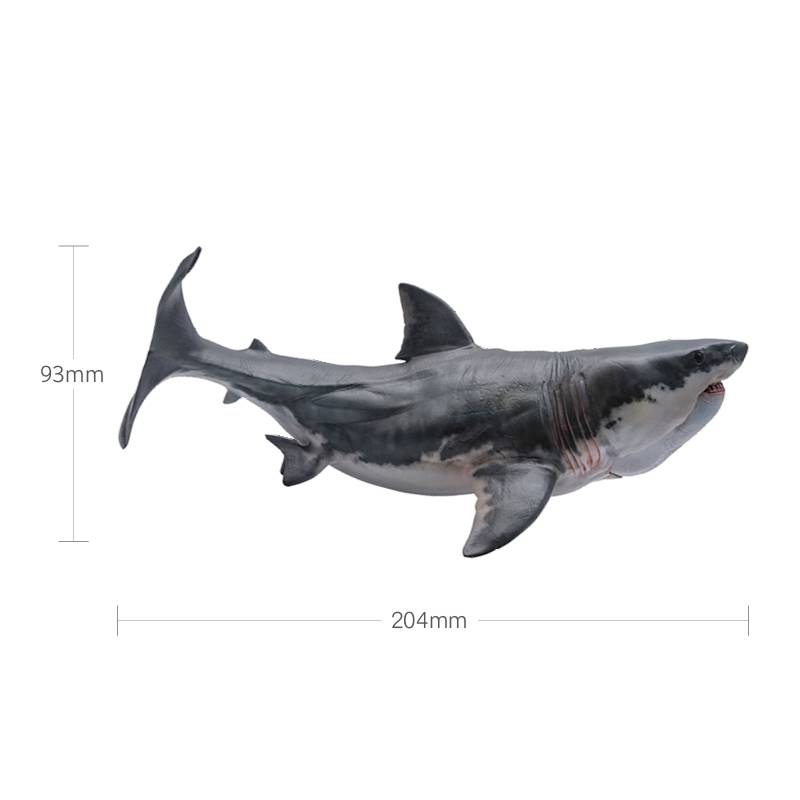
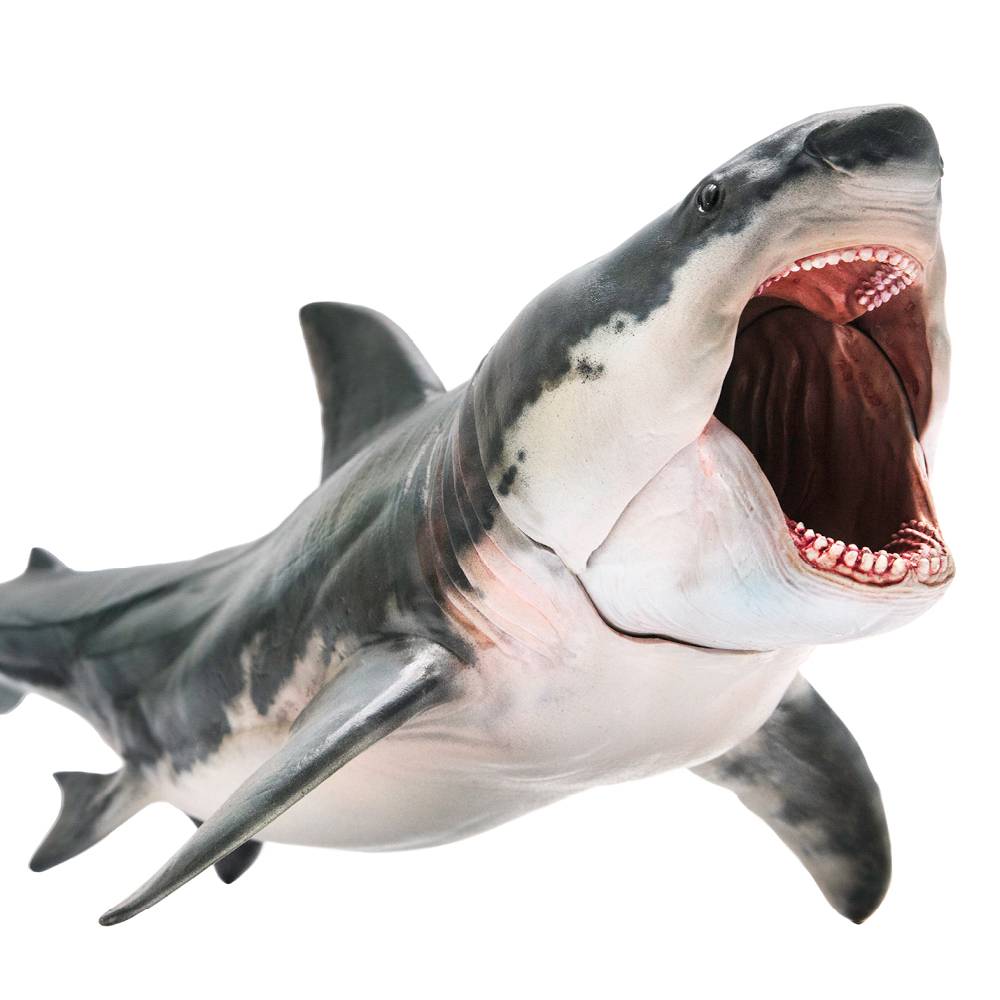
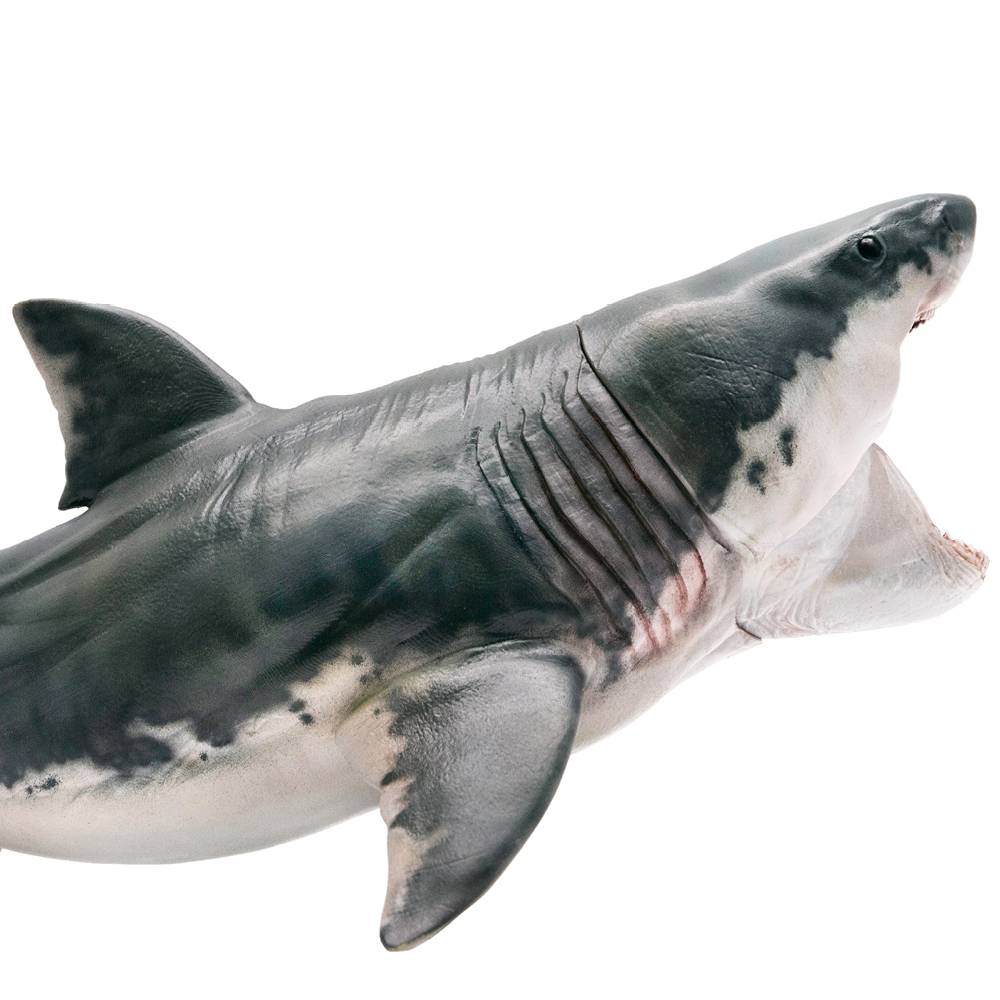
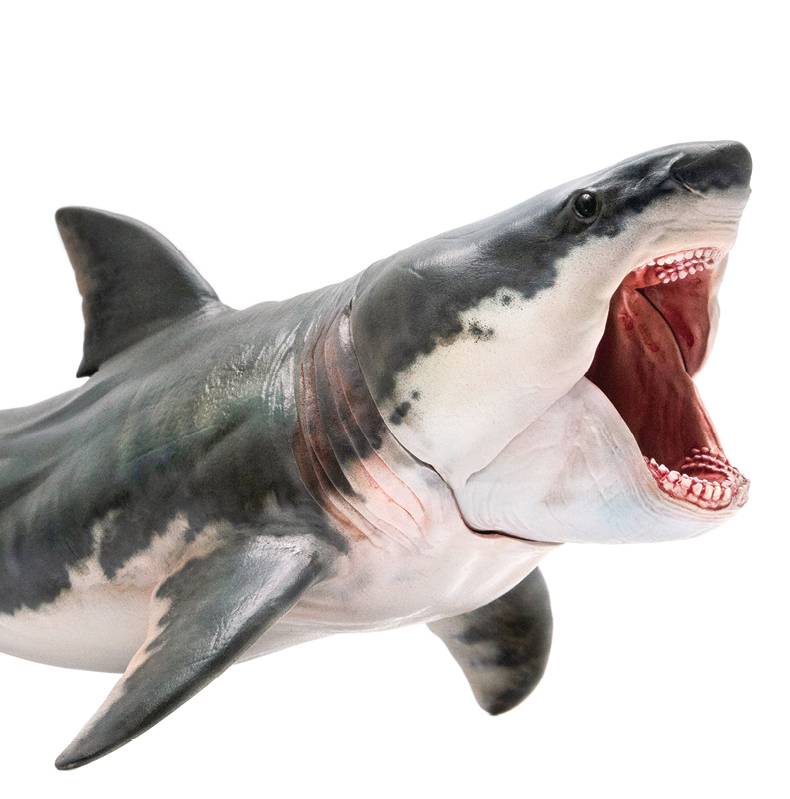
The product may be provided by a different brand of comparable quality.
The actual product may vary slightly from the image shown.



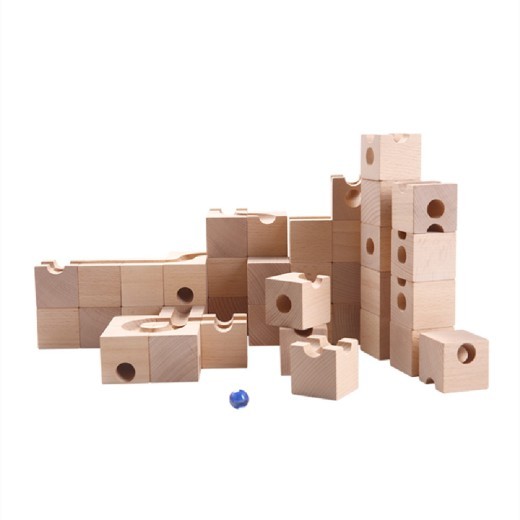
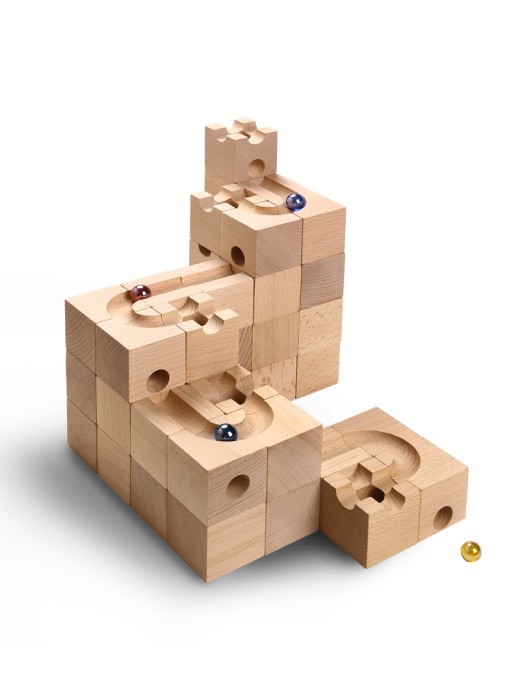
.webp)
.webp)





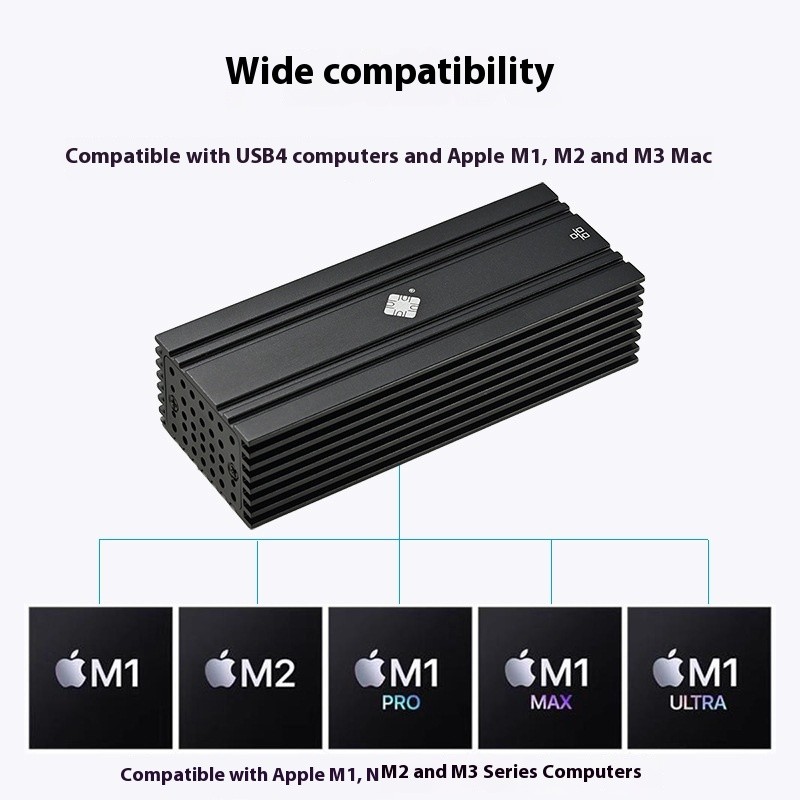

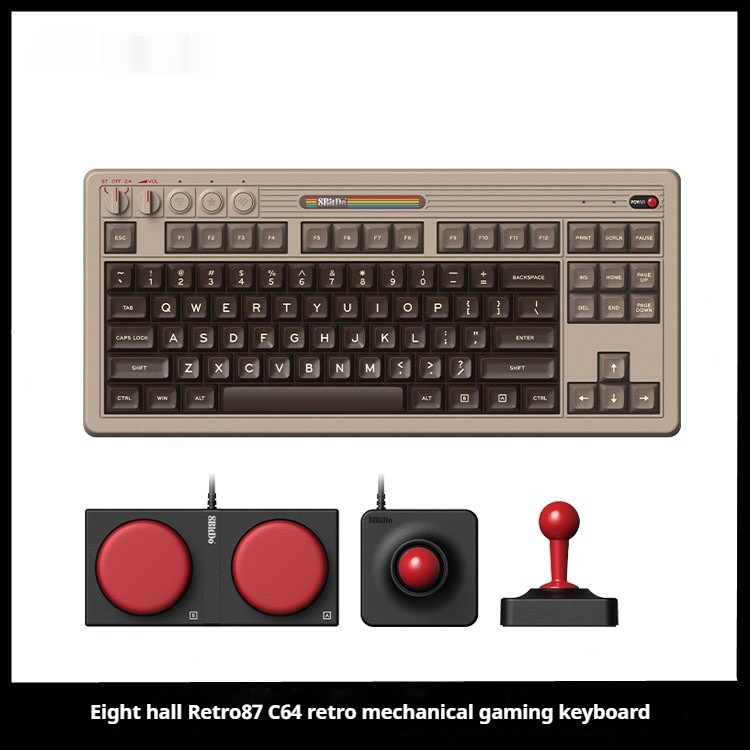
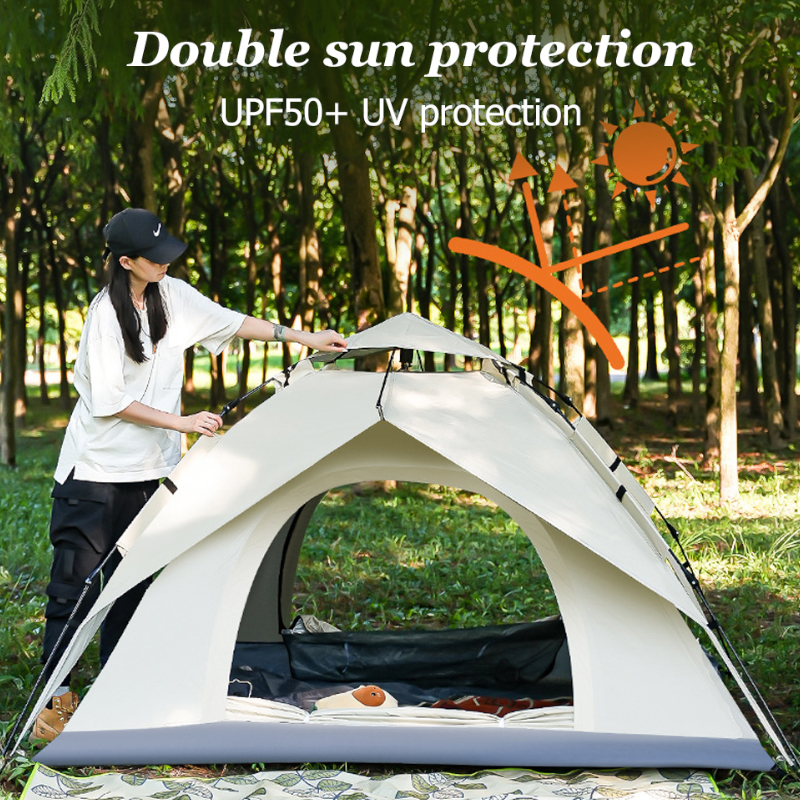
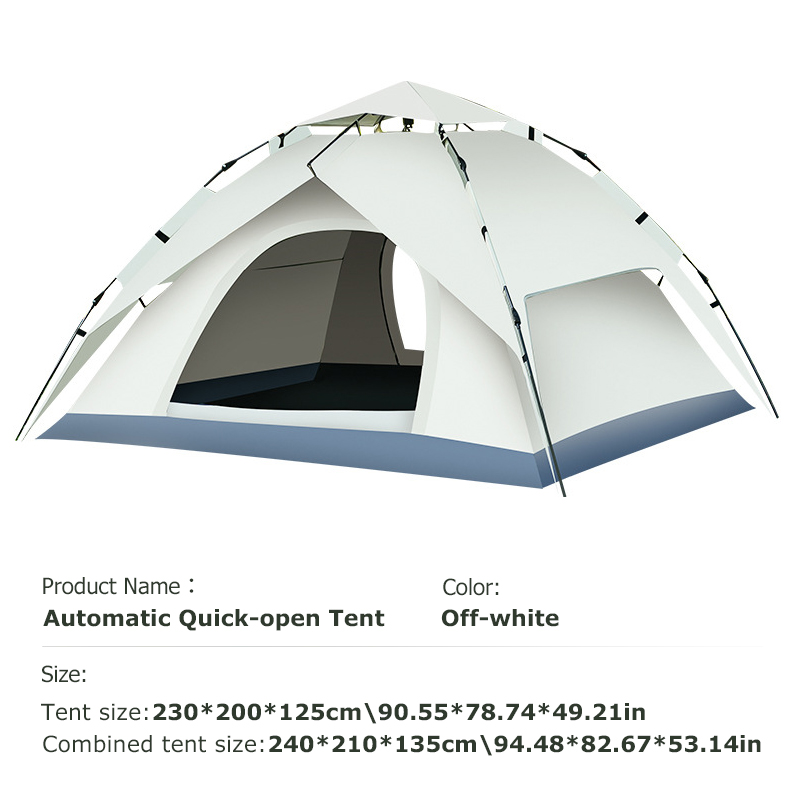


.jpg)









.jpg)





.jpeg)





.jpeg)



.jpeg)








.jpeg)



.jpeg)

.jpeg)

.jpeg)

.jpeg)
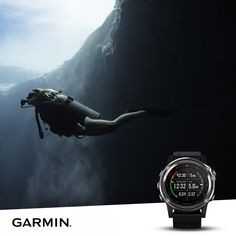



.jpeg)
.jpg)

.jpeg)






.jpeg)
.jpeg)




.jpeg)





.jpeg)


.jpeg)

.jpeg)

.jpeg)

.jpeg)







.jpeg)
.jpeg)
.jpeg)





.jpeg)



.jpeg)






.jpg)
.jpeg)









.jpg)


ulva-Logo.jpg)




.jpeg)



.png)















.png)























